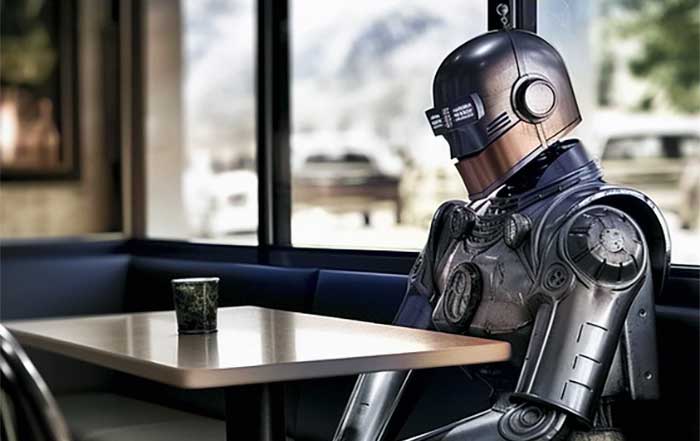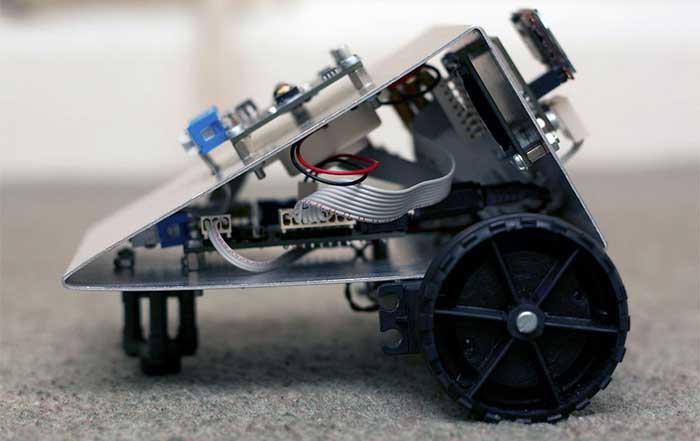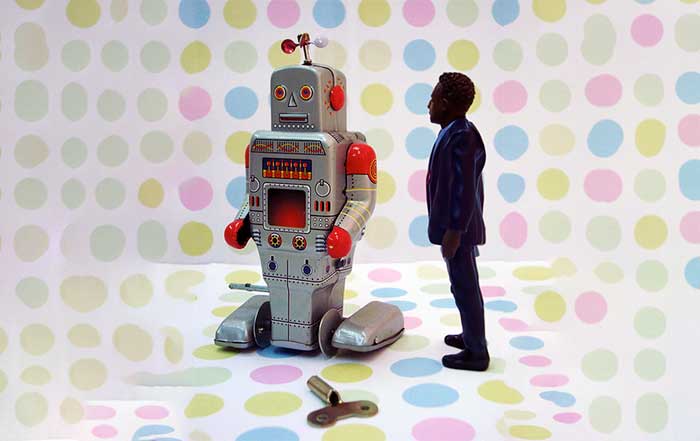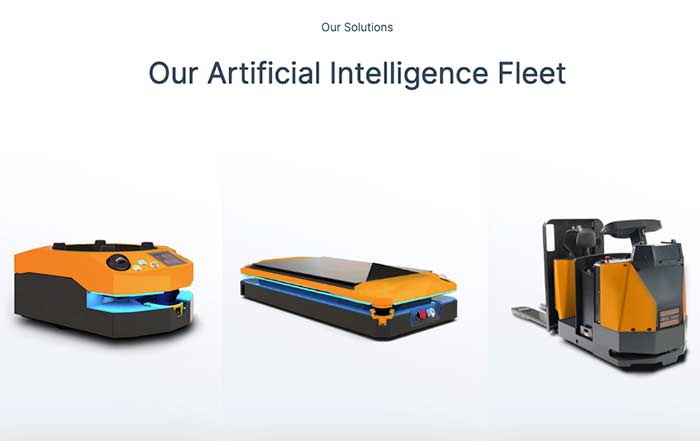In the past few decades, the advances of artificial intelligence (AI) and robotics have revolutionized the way we interact with technology in our everyday lives. From self-driving cars to voice-activated personal assistants, these two technologies have transformed the way we live, work, and play. But what happens when AI and robotics interact with each other?
Robotics and AI are two areas of technology that are rapidly converging, with both having the potential to benefit from each other’s advances. In the most basic sense, robotics is the science of building and controlling machines, while AI is the science of creating intelligent machines. By combining these two technologies, researchers are developing robotic systems that can interact with the world in more sophisticated ways.
At its most basic level, AI and robotics interaction can be as simple as a robot responding to a voice command. As the technology advances, however, robots can become more capable of understanding and responding to complex instructions. By leveraging AI technologies such as machine learning and natural language processing, robots can learn to recognize objects, interpret human commands, and respond accordingly.
Robots are also being used to help humans with tasks that require a high level of accuracy or precision. For example, robots can be programmed to perform surgeries with greater accuracy than humans, as well as carry out tedious or dangerous tasks such as defusing bombs or exploring hazardous environments. In addition, robots can be used to assist with manufacturing, allowing for more efficient production of goods.
AI and robotics are also being used together to develop autonomous systems that can operate independently. Autonomous vehicles, for example, can be programmed to drive themselves using AI algorithms and sensors. Autonomous robots, on the other hand, can be programmed to roam around a warehouse or other facility to complete tasks without direct human oversight.
The combination of AI and robotics is creating some exciting possibilities for the future. For instance, robots could be used to explore hazardous environments, such as outer space, allowing for the safe exploration of new worlds. Autonomous vehicles could also revolutionize the way we travel, allowing us to commute in a safer and more efficient manner.
As AI and robotics continue to advance, the possibilities are endless. From autonomous vehicles to robots that can explore hazardous environments, these two technologies are revolutionizing the way we interact with technology. As AI and robotics become more powerful and sophisticated, the potential for their interaction and collaboration is only limited by our imagination.








